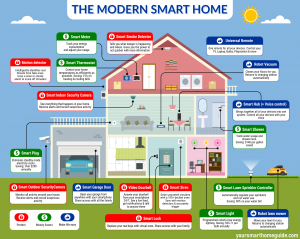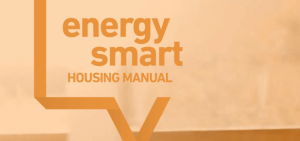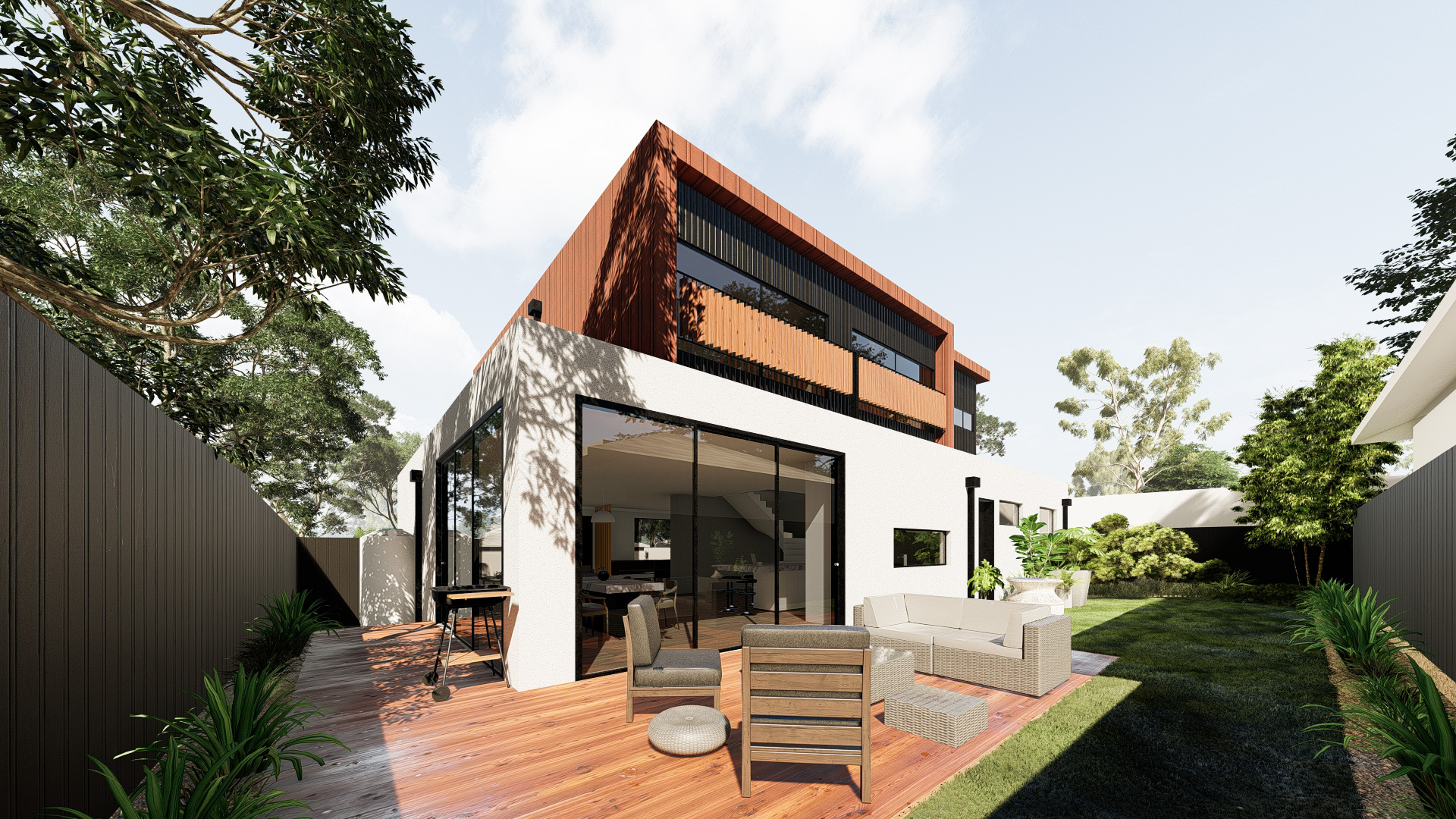Wouldn’t it be nice to save money and the environment at the same time? This can easily be done as you improve the energy efficiency of your home, which in turn means you’ll be using less electricity from carbon-intensive power plants to heat and cool your home. All of this saves you money in the long term and also reduces harmful carbon dioxide emissions that affect our planet.
Sustainability Victoria: Energy Smart Housing Manual
Victoria is currently home to 6.6 million people, and it is expected to grow between 9-11 million people by 2050. The Victorian Government has committed to zero net carbon emissions by 2050, and to achieve this goal it is critical that
the forecast 2 million new dwellings built between now and 2050, are affordable, comfortable, and sustainable.
Therefore, Sustainability Victoria has released an Energy Smart Housing Manual has been developed to provide good design principles:
- To save money
- To be healthier to live in
- To reduce greenhouse gas emissions
The Energy Smart Housing Manual contains advice on how to determine the best orientation for a new home and how shading can assist in making an existing home more comfortable. It also contains advice about windows, insulation, thermal mass and how to prevent air leakage whilst maintaining healthy indoor air quality.
So using these guidelines in the Energy Smart Housing Manual, as well as with the help of industry consultants you can incorporate the following principles to be integrated into the design and build stages of your home to make it truly energy-efficient.
The content covered throughout the manual includes:
Overview: Designing an Energy Smart House
- This section draws together the key principles explained in later chapters and shows how these principles impact the way in which you design your house and help enhance the energy efficiency of your home.

Sun, Climate and Comfort
- Explains how the sun position varies throughout the year and how you can utilise this to your advantage using software tools.
- Shows the impact of the different climates in Victoria have on the amount of heating and cooling you need.
- The aim of designing an energy efficient house is to provide comfortable conditions without the need for large amounts of purchased energy. This section explains what influences human comfort and how understanding this helps you to design a better home.
Sitting and Solar Access
- Provides guidelines on how to site your house on the block to allow access to the sun through northern windows in winter and block against heat in summer. Furthermore it discusses roof surfaces and roof orientation to make the best use of Solar Hot Water and Photovoltaic panel systems.

Windows
- Shows how the intensity of the sun varies on windows and skylights of various orientations throughout the year and how you can use this knowledge to design a better home.
- Explains the Window Energy Rating Scheme (WERS) and how you can use it to select the windows that will improve the energy efficiency of your house.
- Provides guidelines on selecting the right window size and how best to shade windows in summer.
- Explains the impact of curtains on the energy efficiency of your windows.
Insulation
- Explains the principles of heat flow so you can understand how various insulation products work and how to compare their thermal resistance (R value).
- Provides information about the different insulation materials available in the market and how these can be used in a building.
- Shows the recommended minimum insulation levels recommended by the National Construction Code and explains how good energy efficient design affects the amount of insulation you need.
- Provides guidance on how to install insulation to ensure that the performance of the product is maintained.
- Explains important information relating to fire safety and issues around moisture control.
Thermal Mass
- Thermal mass is higher in dense heavyweight materials like bricks and concrete. This chapter explains how the thermal mass affects the energy efficiency of your house.
- Outlines some of the downsides to using high thermal mass materials under some conditions.
- Provides examples of how thermal mass affects thermal comfort in Victorian housing.
- Explains some important technical issues around how to make best use of thermal mass, how different floor coverings and their colour affect the performance of slab on ground floors, and
- Gives some guidance on the use of non-conventional construction systems which have high levels of thermal mass.

Air Leakage and Air Movement
- Explains where outside air can leak into your house, how this affects energy efficiency and what you can do to seal these unwanted air leakage sites.
- Gives example of how to use a Blower Door test to identify air leakage sites as well as some DIY tips.
- Shows the amount of air that typically leaks through various air leakage sites to help you prioritise which to seal first.
- Explains the potential risks of reducing air leakage by too much.
- Explains how to cool down your house in summer by providing good cross ventilation and air movement to minimise the amount of air conditioning you need.
Case Study
- Explains how a house which closely follows the principles in this manual can reduce the cost of 6-star compliance or achieve even higher efficiency levels.
FIND MANUAL HERE: https://assets.sustainability.vic.gov.au/susvic/Guide-Energy-Smart-Housing-Manual.pdf

With Strength Group, we ensure that a minimum 6-star energy rating is maintained throughout all our new home builds. Better yet, we can get in expert consultants to try and try and push this towards a 7 or 8-star rating.
Are you ready to design and build an energy efficient home of your dreams?
Please feel free to speak to our friendly team of experts!
📧 contact@strengthgroup.com.au⠀
📞 (03) 7019 5515
Strength Group: Architectural Design & Construction Company in Melbourne




